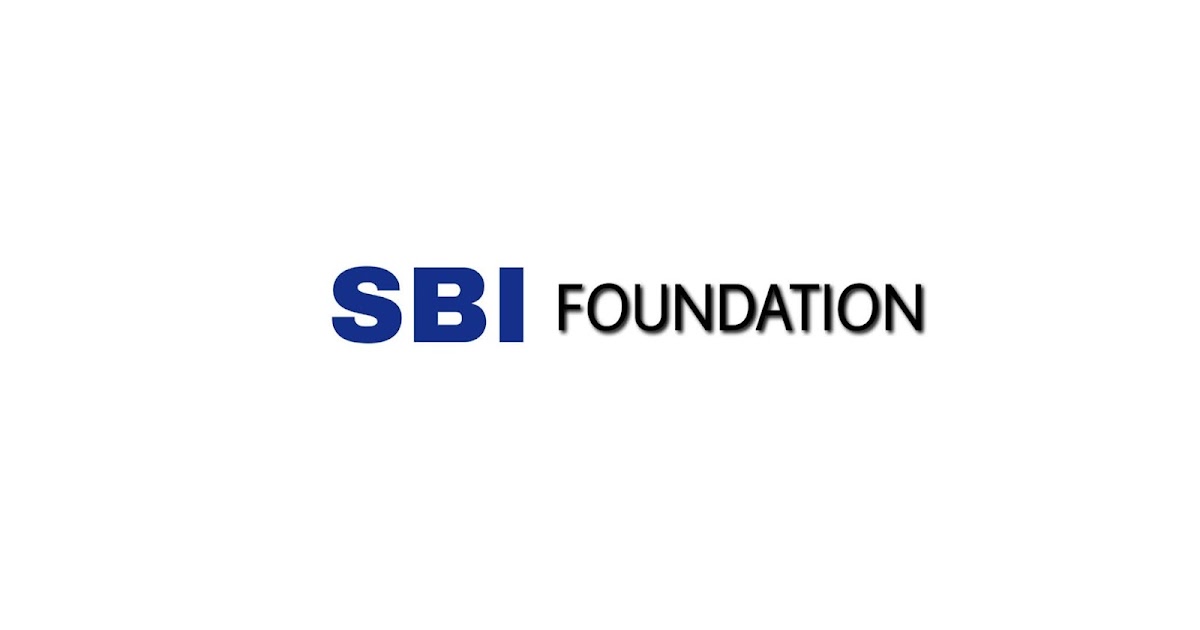
The oldest commercial bank in the country, State Bank of India, is celebrating its 67th year on 1st July. SBI descends from the Bank of Calcutta founded in 1806 through the Imperial Bank of India. The Bank of Madras merged into the other two presidency banks, the bank of Calcutta and the bank of Bombay to form the Imperial Bank of India which in turn became the SBI in 1955.
Buy Prime Test Series for all Banking, SSC, Insurance & other exams
History of SBI
- In the 19th century, three presidency banks were incorporated. The three presidency banks were the Bank of Madras (established on 2nd June 1806), the Bank of Bombay (incorporated on 15 April 1840), and the Bank of Madras (incorporated on 1 July 1843).
- These three presidency banks were joint-stock companies. These presidency banks were consolidated on 27 January 1921 and the new entity was named Imperial Bank of India. Even after the consolidation, it remained as the joint-stock company but without government participation.
- RBI in 1955 acquired a controlling interest in the Imperial Bank of India. On 1st July 1955, the imperial bank of India became the State Bank of India. To avoid any conflict of interest since RBI is the country’s banking regulatory authority, the government of India in 2008 then acquired the Reserve Bank of India’s stake in SBI.
Important takeaways for all competitive exams:
- SBI Chairperson: Dinesh Kumar Khara.
- SBI Headquarters: Mumbai.
- SBI Founded: 1 July 1955.




 Weekly One Liners 15th to 21st of Decemb...
Weekly One Liners 15th to 21st of Decemb...
 World Basketball Day 2025 Celebrates Bas...
World Basketball Day 2025 Celebrates Bas...
 UN Celebrates Second World Meditation Da...
UN Celebrates Second World Meditation Da...







